
Land Rover’s new Discovery represents a major technological revolution for a model range that dates back to 1989. In fact, this is only the third all-new Discovery in all that time, the last being the Discovery 3 in 2004.
But while this is a revolution for Discovery, it’s not new for Land Rover, as the technology in question is a hand-me-down from Land Rover’s premium brand Range Rover and comes in the form of a lightweight aluminium monocoque. Compared to the outgoing Discovery, which was a steel separate-chassis design, the weight savings are as much as 480kg.
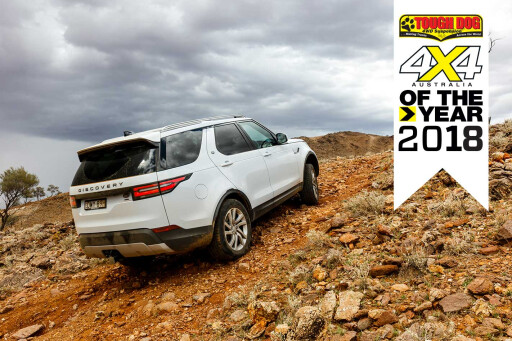 The new Discovery comes with the choice of three engines in all four equipment grades, and all come with a mind-boggling array of options more likely to confuse rather than satisfy. In a first for Discovery, not all models come with dual-range gearing – dual-range is not available at all on the least powerful and least expensive engine, the Td4.
The new Discovery comes with the choice of three engines in all four equipment grades, and all come with a mind-boggling array of options more likely to confuse rather than satisfy. In a first for Discovery, not all models come with dual-range gearing – dual-range is not available at all on the least powerful and least expensive engine, the Td4.
That means the next engine up in price and power, the Sd4, is the least-expensive starting point for a ‘proper’ off-road Discovery.
TOURING
As with the lightweight aluminium monocoque, the Sd4 engine is a technological next-step design. Amazingly, despite being a four-cylinder of just two litres, it produces 177kW and 500Nm, numbers that would look more than handy from a 3.0-litre diesel. More amazingly, the engine delivers on this promise – and then some – and is both flexible at very low revs and zippy up top. At all other times it’s simply effortless and has no trouble propelling what is still a very big vehicle.
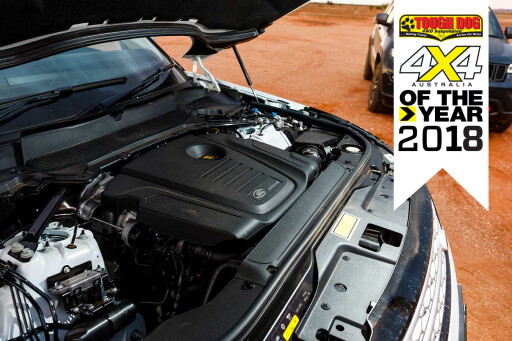 This 2.0-litre four comes from Land Rover/Jaguar’s new high-tech Ingenium engine family and employs two different-sized sequentially arranged turbos that are instrumental in producing the Sd4’s ‘big-engine’ performance.
This 2.0-litre four comes from Land Rover/Jaguar’s new high-tech Ingenium engine family and employs two different-sized sequentially arranged turbos that are instrumental in producing the Sd4’s ‘big-engine’ performance.
The Sd4 is also a relatively quiet engine and notably smooth for a four, while the slick eight-speed auto, with its tall higher ratios, adds to the overall refinement of the powertrain.
At highway speeds there’s also very little wind or road noise and the Discovery has all the poise of a luxury 4x4. Figuratively close your eyes and you could well be in a Range Rover… The only niggle is the ride, which could be better on some surfaces and better on the 19s fitted to the lower spec models rather than the 20s of this HSE.

TRAIL DRIVING
The Discovery’s fully independent suspension gives the sort of wheel travel you’d expect of a good live-axle design, and it comes with the added bonus of height-adjustable air-spring suspension, either standard or optional across the range. This allows you to raise the vehicle up to 75mm above the default ride height of 208mm to 283mm, with more available above that should the vehicle ground out. The height-adjustable suspension also means an impressive 900mm wading depth.

Better news comes in the excellent underbody protection and the fact that many key components, such as suspension sub-frames, are still made from steel, part of the 15 per cent of the Discovery that’s not aluminium.
SET-PIECE HILL CLIMB
The Discovery’s long list of options include a self-locking rear diff, Terrain Response 2 and All Terrain Progress Control, which is similar to Toyota’s Crawl Control and works up or down hill as a type of off-road cruise control… all you have to do is steer. These options were all fitted to the Sd4 and, with the inherent advantage of its long wheel travel and generous clearance, it’s no surprise the Sd4 was totally untroubled on our set-piece climb.
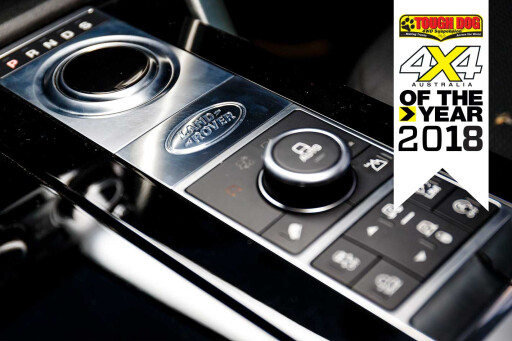 CABIN AND EQUIPMENT
CABIN AND EQUIPMENT
The new Discovery has a spacious cabin despite being slightly narrower, lower and less airy than Discovery 3 and 4, even if it’s a bit longer. As a driver you also sit lower and seemingly farther back. Despite the narrower cabin, the second-row seat is comfortable for three adults and adjusts back and forth so you can optimise legroom verses rear luggage space.
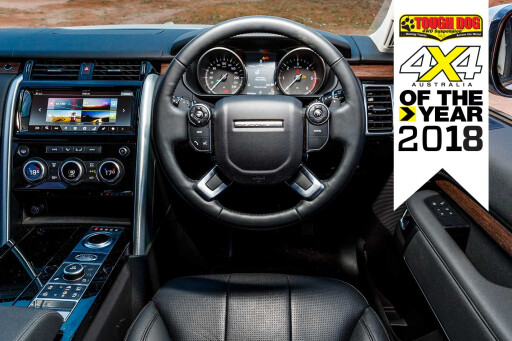 All Discovery models from entry level up are strong on safety gear, but if you want more luxury you’ll have to bypass the two lower-spec models and move straight to the HSE, or throw lots of options at an S or SE.
All Discovery models from entry level up are strong on safety gear, but if you want more luxury you’ll have to bypass the two lower-spec models and move straight to the HSE, or throw lots of options at an S or SE.
PRACTICALITIES
The Sd4’s 77-litre fuel capacity is small, so it’s a good thing the engine is economical – fitting a long-range tank may be difficult, even if the V6 Discovery has eight litres more fuel capacity.
As mentioned, the W speed-rated tyres are a liability off-road, but the good news is that this new Discovery wears a one-size-taller tyre for any wheel size, which opens up the replacement tyre options considerably (even LT tyres), despite 19s still being the smallest factory wheels.
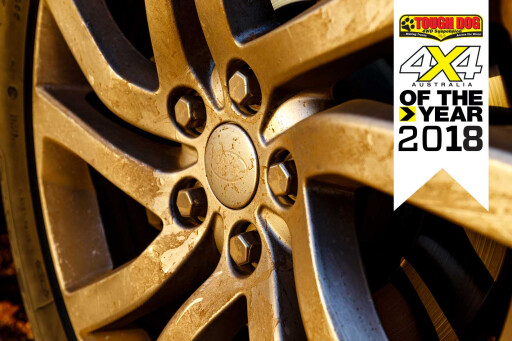 Better news is the Sd4 has excellent payload and towing capacities; while a lack of aftermarket support, at least at this stage, is a negative.
Better news is the Sd4 has excellent payload and towing capacities; while a lack of aftermarket support, at least at this stage, is a negative.
SUMMARY
The Discovery’s significant weight savings is key to its wider performance ‘envelope’ in terms of what a 4x4 family wagon can do on and off the road. But it’s not perfect, with the all-too-familiar Discovery shortcomings of fuel range and wheel/tyre specification only addressed in part.
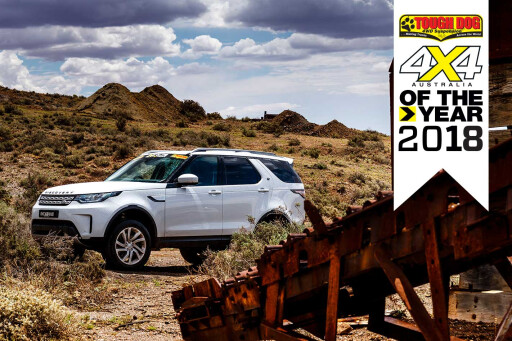 2018 LAND ROVER DISCOVERY Sd4 HSE SPECS:
2018 LAND ROVER DISCOVERY Sd4 HSE SPECS:
Engine: 2.0-litre 4-cyl bi-turbo diesel
Max power: 177kW at 4000rpm
Max torque: 500Nm at 1500rpm
Gearbox: Eight-speed automatic
4X4 system: Dual-range full-time
Kerb weight: 2109kg (five seat)
GVM: 2940kg (five seat)
Payload: 921kg (five seat)
Towing capacity: 3500kg
GCM: 6640kg (five seat)
Fuel tank capacity: 77 litres
ADR fuel claim: 6.3L/100km
Test fuel use: 9.8L/100km
Touring range*: 735km
Price: $93,550 (+ORC)
*based on test average, tank capacity claim and a 50km safety margin.

COMMENTS